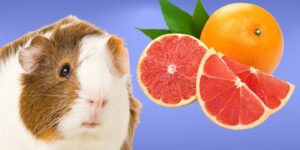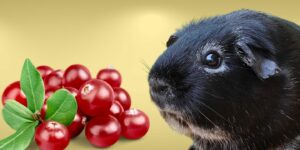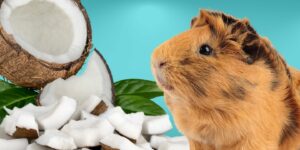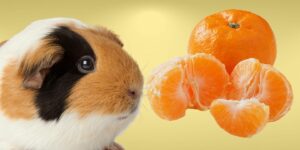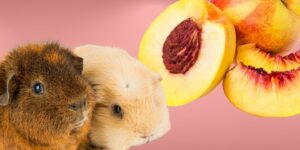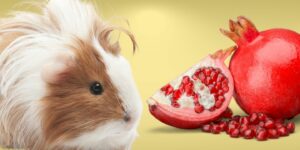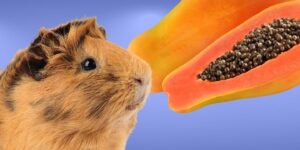Can Guinea pigs eat mango? The short answer is yes; Guinea pigs can eat mango in moderation. However, there are a few things to keep in mind when feeding mango to your Guinea pig. In this article, we will discuss the nutritional value of mango for Guinea pigs, the proper portion size, and any potential health concerns to be aware of.
Nutritional Value of Mango for Guinea Pigs
Mangos are a tasty and nutritious treat for Guinea pigs. It is an excellent source of vitamins A and C, both of which are essential for a Guinea pig's overall health and well-being.
Vitamin A content and its benefits
Vitamin A helps to maintain healthy eyesight and skin, ensuring your Guinea pig stays healthy and comfortable in its environment.
Vitamin C content and its benefits
Vitamin C is crucial for Guinea pigs, as they cannot produce it on their own. This vitamin helps to support a strong immune system, reducing the risk of illness and infection.
Fiber content and its importance for digestion
Mango also contains a small amount of fiber, which is important for a Guinea pig's digestive health. Fiber helps to prevent gastrointestinal problems and maintain a well-functioning digestive system.
Proper Portion Size
As with any treat, it's important to feed mango to your Guinea pig in moderation. A good rule of thumb is to limit treat foods to no more than 10% of your Guinea pig's daily diet. It's also important to remember that a Guinea pig's diet should primarily consist of hay, fresh vegetables, and a small amount of high-quality pellet food.
Recommended serving size for mango
A small slice or a few small cubes of mango is an appropriate serving size as an occasional treat for your Guinea pig. Be sure to keep the mango portion small to avoid any potential health concerns related to its high sugar content.
Potential Health Concerns
While mango can be a healthy and delicious treat for Guinea pigs, there are a few potential health concerns to be aware of. It's important to remove the skin and pit of the mango before feeding it to your Guinea pig to avoid any potential health issues.
Preparing mango for your Guinea pig
Removing the skin
The skin of the mango can be tough for Guinea pigs to chew and may cause choking hazards. Be sure to peel the mango and remove all skin before feeding it to your Guinea pig.
Removing the pit
The pit of the mango can also pose a choking hazard, so be sure to remove it before offering the fruit to your pet.
High sugar content concerns
Mango is high in sugar, so it's important to limit the amount that your Guinea pig eats to prevent weight gain and potential dental issues. Too much sugar can also cause digestive issues, such as diarrhea and bloating, in Guinea pigs.
Tips for Feeding Mango to Your Guinea Pig
Introducing new treats slowly
When introducing new treats to your Guinea pig's diet, it's best to start with a small amount and observe your pet's reaction. Gradually increase the portion size if your Guinea pig shows no signs of digestive distress.
Monitoring your Guinea pig's reaction
Always monitor your Guinea pig after feeding them a new food, such as mango. If you notice any signs of distress, discontinue feeding the mango and consult with a veterinarian.
Alternating treats to maintain variety
Providing a wide variety of treats for your Guinea pig can ensure they receive a well-rounded diet. Be sure to alternate treats, offering different fruits or vegetables throughout the week.
Other Fruits and Vegetables Safe for Guinea Pigs
List of safe fruits
- Apple (without seeds)
- Banana
- Blueberries
- Grapes
- Kiwi
List of safe vegetables
- Bell pepper
- Carrots
- Cucumber
- Kale
- Romaine lettuce
Foods to avoid
- Avocado
- Onion
- Garlic
- Mushrooms
- Iceberg lettuce
Conclusion
In conclusion, Guinea pigs can safely eat mango in moderation as part of a balanced diet. Just be sure to remove the skin and pit, and limit the amount that your Guinea pig eats to avoid potential health concerns. As always, it's important to consult with a veterinarian if you have any concerns about your Guinea pig's diet.



